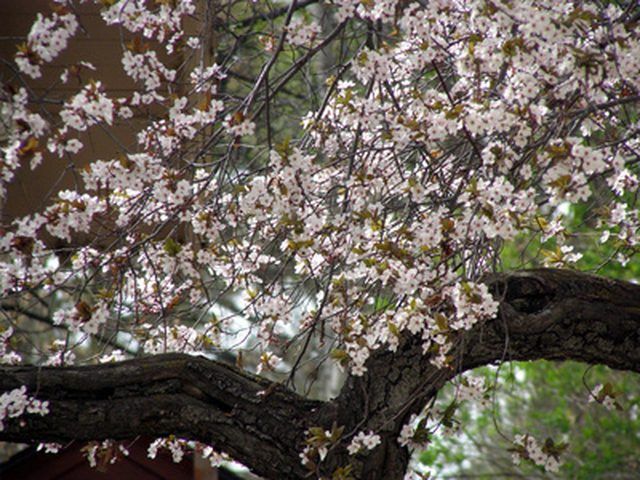Bulbs
Flower Basics
Flower Beds & Specialty Gardens
Flower Garden
Garden Furniture
Garden Gnomes
Garden Seeds
Garden Sheds
Garden Statues
Garden Tools & Supplies
Gardening Basics
Green & Organic
Groundcovers & Vines
Growing Annuals
Growing Basil
Growing Beans
Growing Berries
Growing Blueberries
Growing Cactus
Growing Corn
Growing Cotton
Growing Edibles
Growing Flowers
Growing Garlic
Growing Grapes
Growing Grass
Growing Herbs
Growing Jasmine
Growing Mint
Growing Mushrooms
Orchids
Growing Peanuts
Growing Perennials
Growing Plants
Growing Rosemary
Growing Roses
Growing Strawberries
Growing Sunflowers
Growing Thyme
Growing Tomatoes
Growing Tulips
Growing Vegetables
Herb Basics
Herb Garden
Indoor Growing
Landscaping Basics
Landscaping Patios
Landscaping Plants
Landscaping Shrubs
Landscaping Trees
Landscaping Walks & Pathways
Lawn Basics
Lawn Maintenance
Lawn Mowers
Lawn Ornaments
Lawn Planting
Lawn Tools
Outdoor Growing
Overall Landscape Planning
Pests, Weeds & Problems
Plant Basics
Rock Garden
Rose Garden
Shrubs
Soil
Specialty Gardens
Trees
Vegetable Garden
Yard Maintenance
How to Identify Fruit Tree Blossoms
How to Identify Fruit Tree Blossoms. Oftentimes, new homeowners will inherit an unidentified fruit tree and not know how to care for it. Fruit trees are not only prized for their produce, but also for their striking blossoms that contribute a dramatic presence. Identifying fruit blossoms is an effective way to determine the type of fruit tree...

Oftentimes, new homeowners will inherit an unidentified fruit tree and not know how to care for it. Fruit trees are not only prized for their produce, but also for their striking blossoms that contribute a dramatic presence. Identifying fruit blossoms is an effective way to determine the type of fruit tree growing in your yard.
Things You'll Need
Soil testing kit
Markers
Colored pencils
Find out your region's plant hardiness zone to narrow down the list of possible fruit trees. The United States is broken up into eleven zones that differ in their average minimal temperatures. By looking on the United States Department of Agriculture's Plant Hardiness Zone map, you can eliminate some of the choices. For instance, citrus trees generally do not grow in zones 1 to 8a.
Find out your soil's pH range at the planting location. Every fruit tree has a specific pH range that allows it to absorb the soil's nutrients. By finding the pH range of the site, you can further narrow done the list. Plum trees, for example, need a pH range of 5.0 to 6.0, while lime trees need a range of 6.0 to 6.5. Purchase a soil pH testing kit from your local gardening supply store and dig a six-inch hole. Follow the directions on the kit for finding the soil's pH.
Look at the blossoms. Notice if they are fully open, beginning to open, or are closed. Fruit trees blossom at different times of the year. For instance, the Red Delicious apple variety blooms in the early spring, while the Rome blooms late in the growing season.
Notice how much sunlight the blossoms are receiving. Most fruit trees require six to eight hours of sunlight, but there are a few that need shade. Tropical fruit such as the Garcinia can thrive in shady environments.
Draw a picture of the blossom and note the colors and details with markers or colored pencils. Fruit tree blossoms have widely different shapes. Cherry trees have small pinkish to white flowers, while orange trees have white elongated petals.
Compare your drawing and all the other observations you have made with horticultural guides or with the descriptions of fruit blossoms on the Plant-Care.com website.
Tips & Warnings
Take a picture of the blossoms in question and ask a local nursery about the identification of the plant.
Avoid tearing off a branch of the tree to help identify the blossoms. Wounds made in the tree can invite fungal infections.